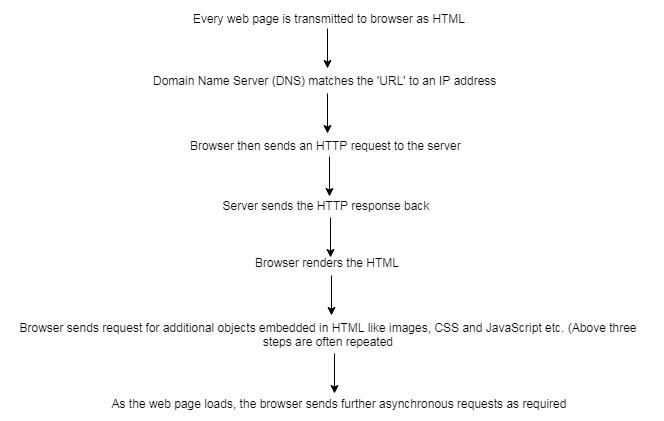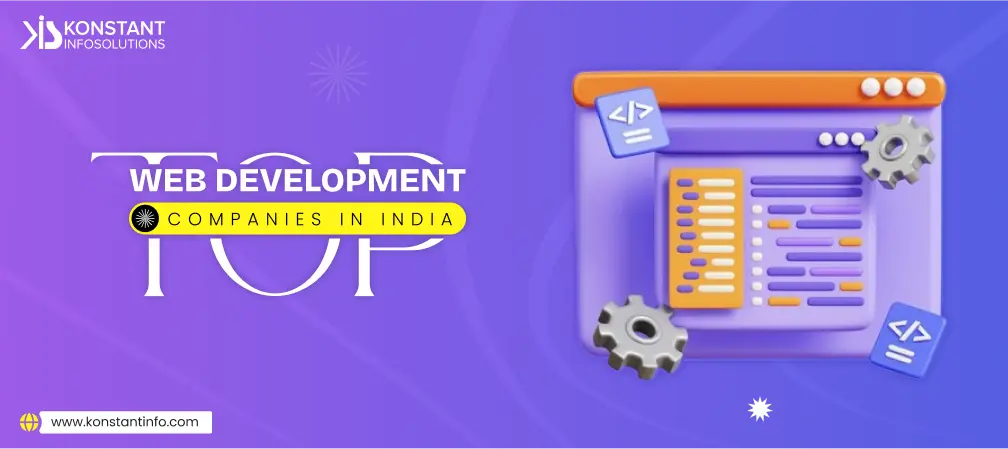
Table of Contents
Terms like front-end web application architecture, web app, web 0.0, 1.0, 2.0, 3.0, 4.0, and 5.0 and so on, HTML5 apps can sound misleading and might often do not consider the full specifics of implementation and usage of web architectures. This discussion is focused on the latest web trends and key issues that matter to software product owners.
Web Application Framework (WAF) or Web Framework (WF) is by definition, a software framework that is designed to support the development of Web APIs, Web Resources and Web Services. These comprise a standard way to build and deploy web applications on the World Wide Web (WWW). Applicable on both static as well as dynamic websites, Web Frameworks provide libraries for database access, templating frameworks, and session management and they often promote code reuse.
Dynamic interfaces are ruling over static HTML websites. A combination of HTML + JavaScript definitely needs something extra in order to be relevant in the current context.
As there is always a purpose that drives performance and initiates us to take certain steps and risks, similarly let’s find out the necessity to utilize web application frameworks to construct and drive our web applications? Are they really useful and can web applications avoid them if these are not required?
Skipping off the jargon, a Web Application Framework is a package that is made to support how dynamic web applications are to be built. These enable web applications to be built from scratch or make use of an existing code base and insert some features to make it more illustrative.
Does the existence of a web framework is just for building web applications or reusing the code by adding some new features to illustrate it? Are there any additional benefits that make such applications distinguish from the rest? Web Frameworks are definitely designed to ease out the workload of both designers as well as developers.
To understand how web frameworks work, there is a need to understand what happens when a URL is typed in a browser and enter is pressed? Server and browser connect via TCP and encryption via https are few more things that can be part of the discussion, but there are these fundamental 7 steps that for the basis of server to browser and back to server exchange of requests:

Developers must consider certain specific criteria before selecting web app development frameworks. For this sake, (1) it becomes more convenient to choose a framework that does not make use of stringent naming conventions. This becomes important to avoid run-time errors in case of the smallest inconsistency. (2) Backend frameworks must have libraries that might assist developers from doing repetitive tasks and helps them reuse the code. (3) It must be robust enough to track bugs, apply patches and notify users. A dynamic framework is more secure and is less prone to hackers. (4) It must come with good documentation. (5) It must be checked whether the application can be hosted on a dedicated or shared server.
Spring Boot, Express, Ruby on Rails, Laravel Lumen, Flask, Django and Microdot are 7 most popular backend web development frameworks that are trending in 2019. Besides these there are some other frameworks which are popularly used in content management systems like Joomla, Drupal and WordPress. Moreover, there are some language-specific frameworks like Java -> (Spring, JSF, Struts), Javascript -> (AngularJS, Express, Meteor), PHP -> (Laravel, CodeIgniter, Symfony and many more), Python -> (Django, Flask, Bottle), Ruby -> (Ruby on Rails, Sinatra, Cuba)
Based upon the roles performed by the server and client browser, web-based applications can be divided into three types:
Criteria | Server Side HTML | JS Generation Widgets (AJAX) | Server-Oriented Single Page Web Apps |
|---|---|---|---|
| Responsiveness/Usability | 1 | 3 | 5 |
| Linkability | 5 | 2 | 1 |
| SEO | 5 | 2 | 1 |
| Speed of Development | 5 | 3 | 2 |
| Scalability | 4 | 4 | 5 |
| Performance | 3 | 4 | 5 |
| Testability | 4 | 1 | 3 |
| Security | 4 | 4 | 0 |
| Conversion | 0 | 1 | 5 |
| Offline Work | 2 | 1 | 5 |
Every criteria has different importance and depends upon particular software project. There is no perfect architecture and optimal choice depends upon tasks and priorities. Any one of the software development project might be defining for any of the above categories. It is also possible to optimize the web app architecture and implement a hybrid architecture to meet specific business requirements.
Modern web application architecture specifically server-side web frameworks work in various ways right from protecting the API’s (Application Programming Interfaces) from third party attacks to facilitating flawless interaction among database and UI. They route URL’s (uniform resource Locators) down to databases to fetch all the relevant information that is requested by the clients and many other such things.
Also read: How Much It Cost to Build a Website?
A short and structured solution is always preferred without bogging it down with buzzwords. We’ll help you understand more, connect with us now!



Neeti Kotia is a technology journalist who seeks to analyze the advancements and developments in technology that affect our everyday lives. Her articles primarily focus upon the business, social, cultural, and entertainment side of the technology sector.
Or send us an email at: [email protected]